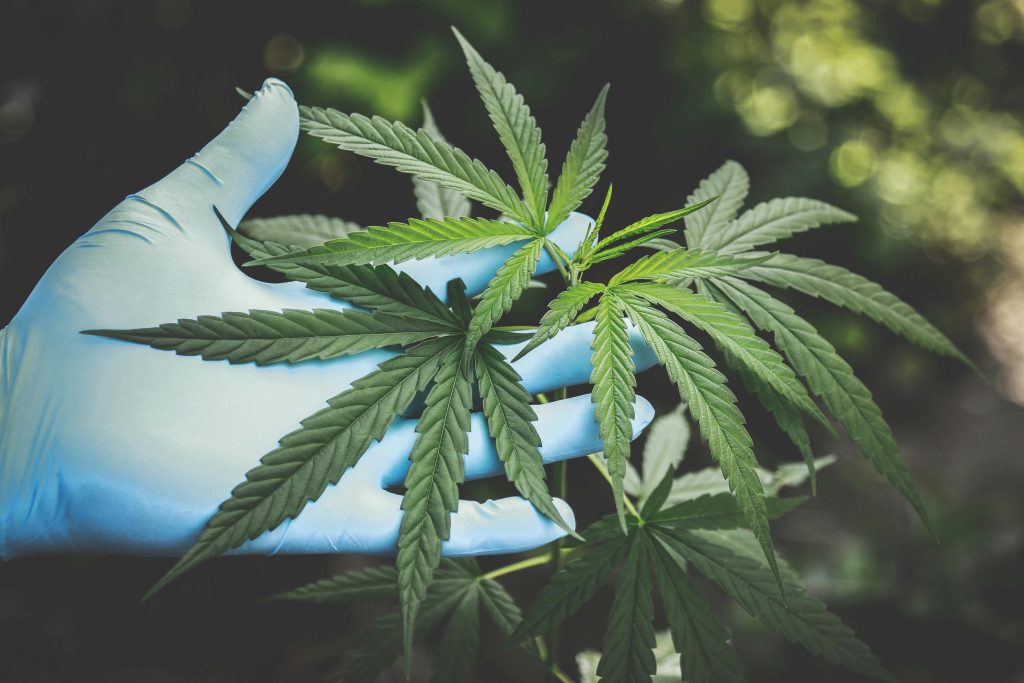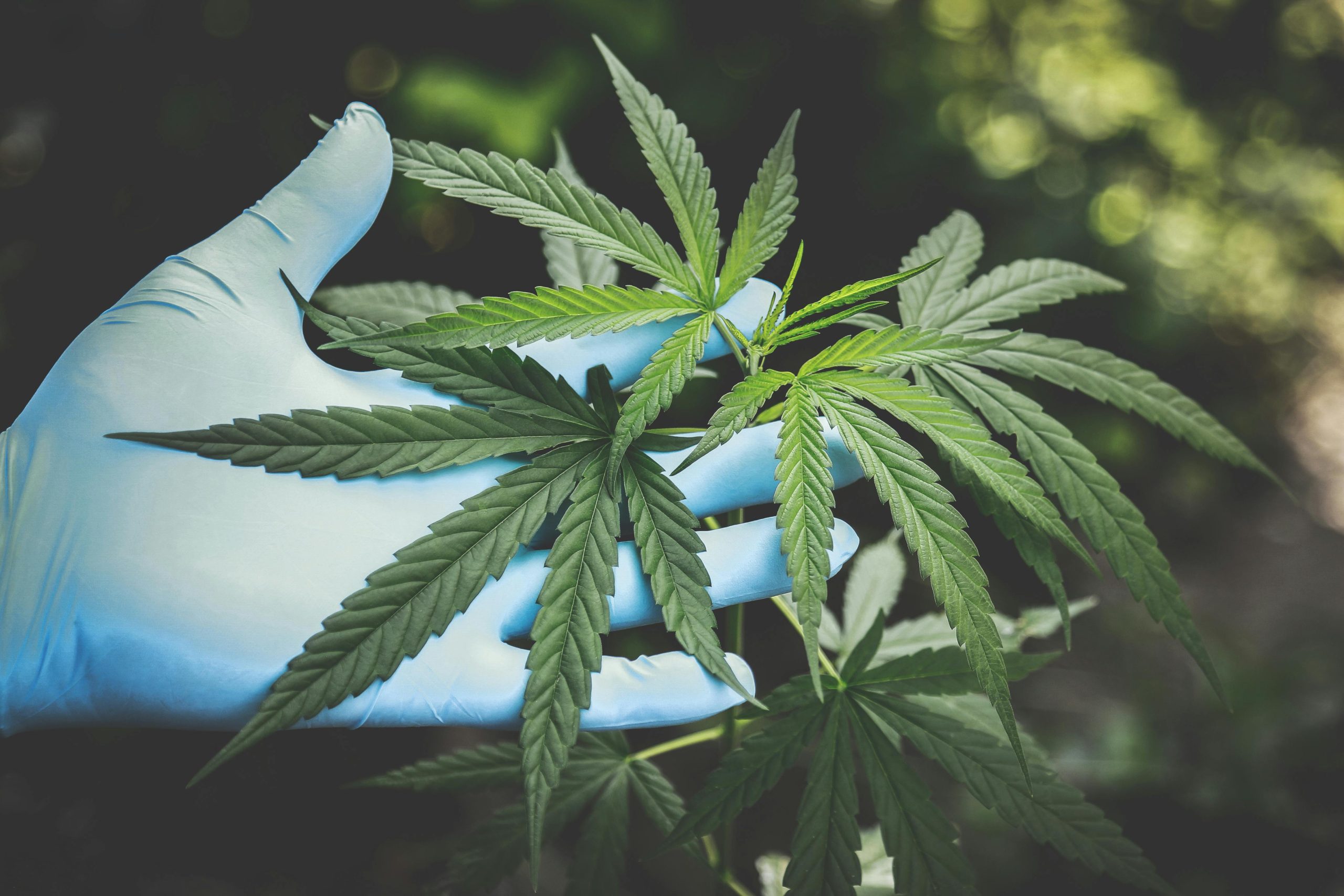By Robin Goldstein
For the Valley Advocate
The weed world is always full of buzz, and lately you might have heard everyone buzzing about terpenes. Should you care?
The answer is complicated and non-obvious. To explain, I must start from the beginning of the story, in the early days of medical weed.
From the late 1990s to the early 2010s, almost all the first-generation “dispensaries” — especially the trailblazers on the West Coast — sold their buds “deli-style.” This means it was scooped out of a giant jar and into a baggie, like bulk grains at a health-food co-op.
The biggest advantage of deli-style weed service was that your budtender could bring out the jar, you could stick your nose in it, and you could smell and compare a few strains, just as you can sample a few taps before choosing your draft beer.
Why is smelling weed important?
The most obvious reason is purely epicurean: smell determines most of taste, and even after combustion, the bud smokes kind of like it smells.
But even if you don’t like the taste of weed and just want to get high, smell is a crucial tool for choosing between products. When you smell one weed and smoke it, smell another and smoke it, and repeat, your body learns to associate the initial smells with the cognitive and emotional effects you got later. These effects are unique to you as an individual.
Over time, you become attracted to the smell of the type of weed that gives you a creative burst or a great giggly afternoon and repelled by the smell of weed that turns you into a paranoid antipath, and your nose becomes a much better predictor of how much you’ll enjoy a package of bud than any million-dollar lab machine measurement.
Unfortunately, in much of the legal U.S. market, deli-style service has almost vanished. This is largely because of state regulations requiring pre-portioned plastic packages. Beyond generating costs and plastic waste without any clear corresponding safety benefits, this policy takes away the consumer’s best way to choose between products: the olfactory route to bliss.
The promise of terpenes and terpene measurements, especially for the longtime weed aficionado, is as a potential antidote to this new plastic world of weed shopping. The idea is that terpenes are the aromatic compounds responsible for the broad spectrum of weed smells, and perhaps a lot of their associated effects, too.
Growers and manufacturers are certainly claiming so. Some are now fortifying their weed by spraying (onto flower) or infusing (into oil or edibles) extra terpenes. Some of these are juiced-up natural terpenes from cannabis plants, and some of them are totally synthetic, aka artificial flavors in the form of aromas.
I have nothing against artificial flavors in general, but I recently smelled dozens of synthetic terpenes at several showroom pavilions of the epic-scale MJBizCon conference in Las Vegas, and they all reminded me of either shampoo scents or the flavors at a spring-break frozen daiquiri bar, many of which I enjoy in daiquiris and none in weed.
But what about natural terpenes: can these predict weed effects?
It is widely acknowledged, at least among most scientists who study cannabis and weedies I know, that THC percentage is a poor indicator of potency — or of anything else. The concentration of THC won’t tell you anything about how a particular product is going to make you feel, and it probably won’t tell you how strong it is either.
It’s another open secret that strains (“Sour Diesel,” “Blueberry Kush”) and species (sativa, indica, hybrid) reveal little, if anything, of value to the consumer. Just as a vast variety of wines in different styles can be made from Cabernet or Merlot grapes, a vast variety of weed styles (including aromas and experiences) can be made from the same seeds. Weed characteristics — including aromas and effects — are determined, like wine characteristics, by a complex combination of seeds, terroir, farming methods, and production techniques.
Terpenes are not cannabinoids like THC or CBD, but some of them interact with cannabinoid receptors in the brain, thus contributing to the widely discussed “entourage effect,” where hundreds of compounds act in harmony to create that weedy or “psychoactive” feeling.
But the many compounds that generate the entourage effect are not just cannabinoids and terpenes. There are thousands of potentially active compounds in weed. And the aromatics of weed are generated not just by terpenes but also by esters, aldehydes, ketones, thiols, and other aromatic compounds: another big entourage effect. So looking at terpene measurements on their own — even as an indicator of smell, never mind of psychoactive effects — may be as misleading as looking at THC percentages or strain names on their own.
With these caveats, I’ll try to help you read a terpene list, first by understanding what the numbers on the list mean.
Terpene percentages, like weed’s cannabinoid and microbiological characteristics, are measured at state-licensed cannabis testing labs. The labs in Massachusetts that test for terpenes include a local one on Riverside Drive in Northampton, which I co-founded as Northampton Labs with my friend Jeremy Guillory and my family. The lab was acquired in 2023 and is now called Cambium Analytica, in which I remain a small shareholder.
I am not trained in chemistry, but I learned a bit from the scientists at Cambium about how they test for terpenes: they measure them by weight, as a percent of the total weight of the cannabis flower, using a technique known as gas chromatography. A lab analyst first extracts the terpenes from the flower using an organic solvent, then injects the prepared sample into a very expensive machine called a GCMS (gas chromatography-mass spectrometer).
The machine vaporizes the sample into a gas and runs it through a column. Different chemicals in the gas travel through the column at different speeds. At the finish line of this chemical race is a detector (the mass spectrometer) which identifies each terpene individually and measures its quantity.
A terpene list can be long, so it’s not often crammed onto the weed packages the way that THC is. The terpene list can sometimes be found in digital product descriptions on the retailer’s or brand’s website, or by scanning an RFID on the package or menu. You’ll see percentages listed for maybe five or 10 terpenes that generally range from zero to 0.5%, but sometimes exceed 1%.
Unfortunately, almost all terpene lists are totally misleading. The terpenes are generally sorted in descending order of percent concentrations, with the terpenes on the top of the list declared to be the “top” or “dominant” ones. Often only the top few terpenes are listed, with or without their percent concentrations, and the rest of the list is deleted.
The massive problem with all of this is is that each terpene has its own different natural baseline concentration in weed, just as each cannabinoid does. 10% THC is pretty low for weed, whereas 10% CBD is pretty high. Similarly, 0.3% limonene is a less-than-average amount for weed, whereas 0.3% bisabolol is a shitload.
Terpene lists give no indication of the baseline or the common range, so you have no idea how to interpret the percentages on the list, and the rank order (and thus the selection of top terpenes) is worthless. So when you read a weed listing (as I recently did, at a local recreational weed retailer) that says “Top terps: Limonene, Myrcene, Caryophyllene,” which will make you feel “Fruity, Peaceful, Creative,” you can trust that this tells you nothing at all.
To try to help resolve this problem, I’ve put together a table of the typical concentrations for six of the most common terpenes (geek disclaimer: pinene and terpinoline are excluded, because they’re complicated by multiple isomers). The third column shows the common concentration range for each terpene.
The key is the fourth column, which shows you “how much of it is a lot.” This is my estimate, based on some rough data and back-of-the-envelope calculations, of a minimum percent value that could reasonably represent a “high” amount of each of the terpenes. So if you do read a terpene list, you can benchmark it against Column 4 and make more sense of it.
The last column of the table shows how much extra people are paying for packages of weed that mention each terpene. Linalool, with the highest common concentration, is also the champion: $4 extra per eighth. This could mean that it’s the most commonly mentioned terpene on premium packages, maybe because it has the coolest name.
Even among those who believe that terpenes are meaningfully psychoactive, there are many opinions, and little consensus, about which terpenes cause which effects. All effects of weed are highly personal, and you should doubt all claims about a terpene-specific high, just as you should doubt all claims about a strain-specific high or a sativa/indica-specific high.
Personally I like weed that makes me cry. I’ve never seen that effect claimed for a terpene. Maybe all weed is capable of it. You just need to add some Fruity, Peaceful, and Creative company, crank up Ennio Morricone, stand before the Sun that feeds our weed, and let it feed you too.




